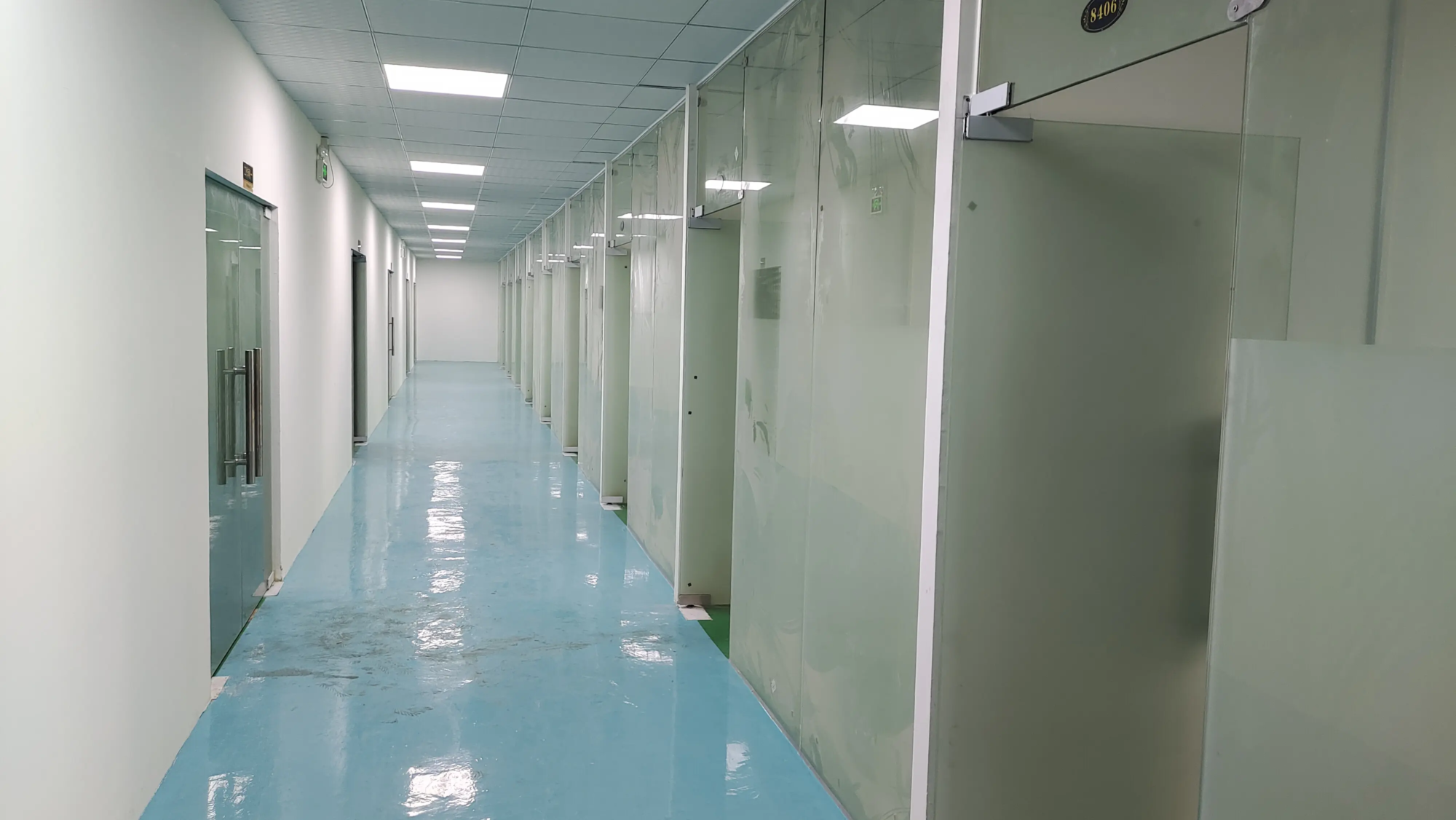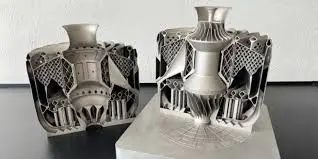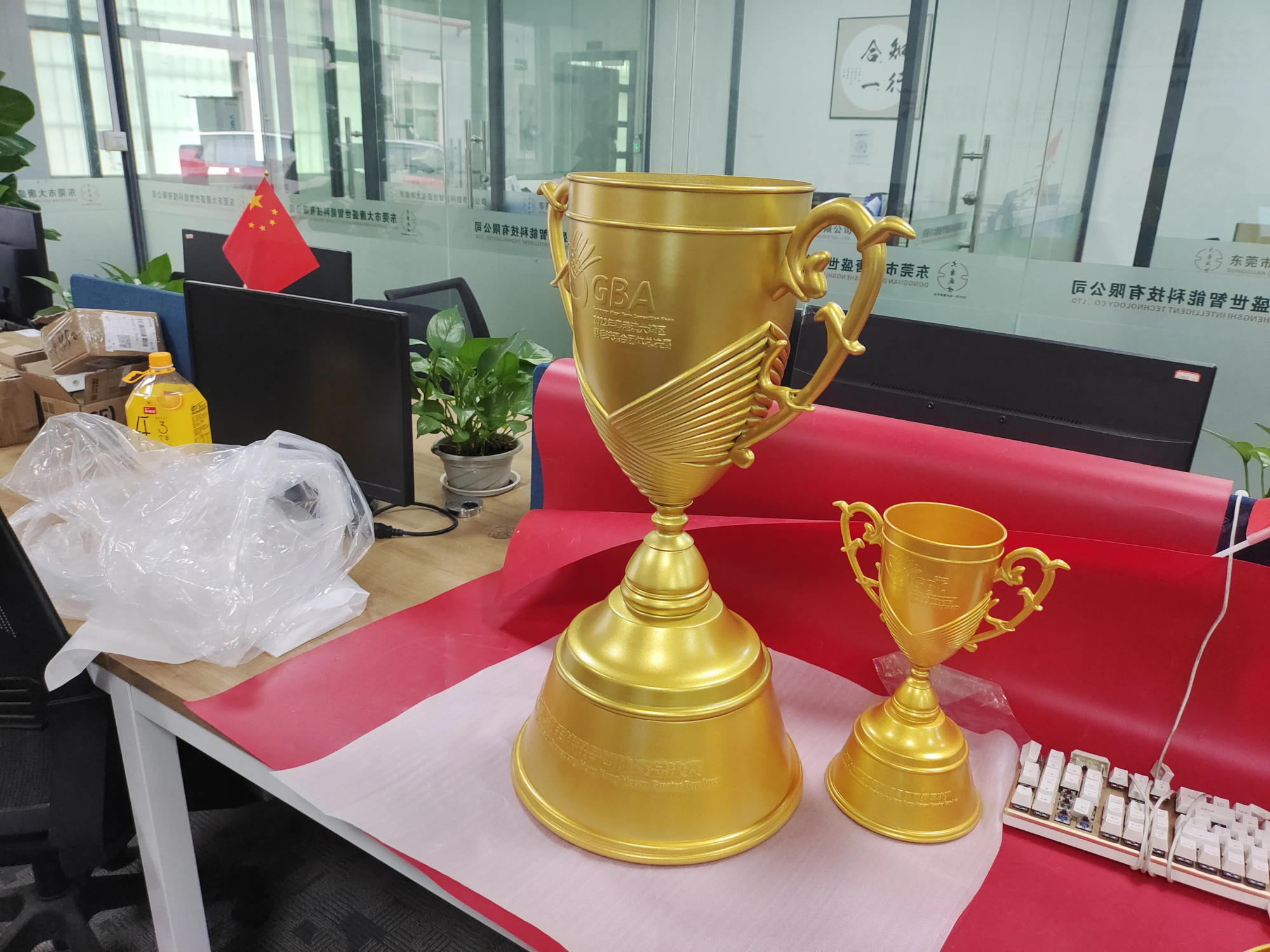Bring Creation to Your Shelter: 3D Print Safely in Your Bedroom – Comprehensive Guide
The charm of 3D printing is undeniable. The ability to turn digital dreams into tangible objects attracts amateurs, engineers and artists. Space restrictions in modern homes often lead enthusiasts to consider building this fascinating technology in their bedrooms. Although convenient, this introduces unique safety considerations that must be taken seriously. Operating a 3D printer in the bedroom requires an active safety approach. At Greatlight, we handle industrial grade metal 3D printing every day in controlled environments, and we gain insight into safety protocols. This is your authoritative guide to securely manage desktop printers in your personal space.
Why Bedroom Printing Needs Extra Caution
The bedroom is a long, usually uninterrupted living space – mainly for sleep. This contrasts with a workshop or garage where ventilation is usually better, noise may reduce damage and potential harm is more expected. Specific questions include:
- Close to: You spend fragile time (sleeping) near the operating device.
- Limited ventilation: Bedrooms often lack strong airflow compared to dedicated workshops.
- fuel: Bedding, curtains, clothing and furniture are a wealth of potential fuels.
- Noise pollution: Continuous printer sound can ruin sleep quality.
- Chemical exposure: Potential unloading in filaments during and after printing.
Basic Bedroom 3D Printer Safety Strategy: Beyond the Basics
Simply inserting the printer next to the bedside table is the secret to trouble. Implement these key measures:
1. Emissions and Air Quality: Your lungs will thank you
- Ventilation is not negotiable: The windows that open are great, but are usually insufficient, especially in the evenings or extreme weather. Invest in active ventilation:
- Case + HEPA/CF filtering: Closed printer with high quality Highly recommended to use HEPA+ activated carbon filtration systems. HEPA captures particulate matter (common in PLA and ABS), while activated carbon neutralizes volatile organic compounds (VOCs) and unpleasant odors. Find systems designed specifically for specific printer models or independent circulating air purifiers (air purifiers for VOC/particleAvoid cheap cycle models).
- Direct ventilation (exhaust): Exhaust exhaust if possible Directly outside Through the dryer’s ventilation hose through the window seal kit or small dedicated wall ventilation holes. This is the gold standard for eliminating indoor emissions.
- Filigree selection is important: Pay attention to what is printed.
- Prioritize low emission wire: PLA is generally considered the safest option, with less VOC and ultrafine particles (UFP) emitted than ABS, PETG or nylon. Avoid abdominal muscles in unventilated bedroom settings due to styrene emissions.
- Understand the risks: Although studies are underway, long-term exposure to UFP, certain VOCs are associated with respiratory irritation and long-term health problems. Minimizing exposure is key.
- Detox after printing: Even after the heat station cools, emissions continue. After printing is completed, the printer will discharge the printer at least 15-30 minutes before printing, before turning on it. Consider closure and filter the printer overnight.
2. Fire safety: prevent unimaginable
- Never leave unattended overnight: This is perhaps the most critical rule. Although modern printers have safety features, catastrophic failures can occur. Do not print on the print when everyone is asleep or out.
- Fire detection and suppression:
- Smoke Detector: Make sure your smoke detector is within 10 feet of the printer. Test it monthly.
- Fire extinguisher: ABC-grade fire extinguishers are easily accessible in your bedroom. Know how to use it.
- Nearby flammable substances: From printer to anything flammable, keep strict removal (at least 2-3 feet): Bedding, curtains, clothing piles, paper, furniture or wall-mounted hooks.
- Stable surface and high-quality equipment:
- Non-flammable, stable surface: Place the printer on a sturdy, non-stick surface, such as a flat panel of metal tables or stone/ceramic tiles. Avoid wooden tables that need protection.
- Reliable printers and PSUs: Use a reputable printer brand. Avoid severely modifying the power supply (PSU) or using cheap counterfeits. Check the wiring regularly for damage. Make sure the firmware is current (thermal runaway protection must Enable).
- Hot Camera Point Check (optional but wise): Check the heated bed wiring connector and motor driver regularly with a thermal camera (if any) during long printing. Hot spots indicate potential failure points.
3. Mechanical safety and noise relief
- Safe placement: Make sure the printer cannot be knocked over by pets, clumsy roommates, or your own lethargic moves. Vibration suppression feet may help.
- Noise control:
- Silent motherboard: Many modern printers have silent stepper drivers (TMC2208/2209 etc.) – if you are noisy, it is worth upgrading.
- Vibration damping: Install anti-vibration pads under the foot of the printer.
- Acoustic fence: In addition to helping with emissions, the housing also significantly reduces noise. Add sound-absorbing foam in The casing can further reduce decibels. There is almost no non-sealed foam outside.
- Location in the room: Keep the printer away from the bed, perhaps on a sturdy shelf or in a closet (make sure the ventilation/ventilation holes!).
4. Minimize interference and long-term comfort
- Manage printing time: If you plan to show up, avoid starting too long prints before bed.
- Light management: Printer LEDs and hot glows may be destroyed. The opaque shell significantly helps to prevent this light pollution.
- Dedicated space: Specify specific, organized corners for the printer to prevent confusion and accidental impact/damage.
When Your Bedroom Is Not Enough: Know the Limits of Desktop Printing
Hobbyist printers provide admirable services for many projects, but they essentially involve safety management and material capabilities. When your ambitions grow, or you need:
- Metal parts (Stainless steel, titanium, aluminum alloy)
- High precision and dimensional accuracy
- Complex geometric shapes that require strong support
- Industrial-grade strength and durability
- Material Certification and Process Verification
- Advanced post-treatment surface
…that’s where to work with professional rapid prototyping services Great become Safe, smart and excellent choice.
Conclusion: Create dreams safely
Operating a 3D printer in your bedroom is achievable, but requires strict compliance with safety protocols. Priority for ventilation – invest in quality filtering or direct exhaust. Never leave anyone alone, especially overnight. Pay attention to filament emissions, maintain strict fire safety removal and manage noise. Your bedroom should be a sanctuary.
Remember that for projects that require higher performance, accuracy, safety assurance or industrial grade materials such as metals, such as metals, Greglime is your trustworthy partner. We use Advanced SLM 3D printing technology There are many more Post-processing expertise Provide professional-level solutions to effectively and reliably solve complex metal prototyping challenges. Focus on design; let us handle safe, high-quality manufacturing in a dedicated, controlled environment.
Ready to exceed desktop restrictions? Get a quote for precision metal prototypes from Greatlight now – delivering innovation with unparalleled safety and quality.
FAQ: Bedroom 3D printer safety
1. Can I safely leave the PLA printer while I sleep?
- Strongly not recommended. even "More safe" Thin filaments like PLA can experience printer component failures (e.g., heater cartridges, wiring, motherboards), causing fire risk. Bedroom printing should always involve active supervision during operation.
2. It’s the abdominal muscles real Is that dangerous for bedroom printing?
- Yes, ABS needs to be careful not to be compatible with typical bedroom settings. It emits styrene (VOC) and is significantly more ultrafine particles (UFP) than PLA. Professionally filtered housing or external direct exhaust is mandatory. If you lack this feature, strictly avoid abdominal muscles in the bedroom.
3. How effective are those cheap air purifiers next to my printer?
- The most common HEPA-only air purifiers are at least effective for specific UFPs produced by 3D printers. They also did nothing for VOC. You need a system that is specifically integrated into the shell for 3D printing (with activated carbon) or a separate unit specifically for VOC/particle deletion from the source. exhaust external Maintain the advantage.
4. I built a foam board shell. Is this safe?
- While foam boards (e.g., missing fences) help to contain drifting UFP/heated build volumes, This is highly flammable. This is significant Increase Fire risk. It also provides minimal sound suppression. Solution: Wire in With non-flammable materials, such as buck panels or aluminum foil tape. Always include proper filtration for internal or external ventilation.
5. Can I put my printer in my closet?
- Only extreme caution and modification. The closet is poorly ventilated and filled with highly flammable materials. unless: Enclosed printer with exterior ventilation holes that are directly valid on the outside, get enough clearance from stored items, easy access in emergencies as well as nearby smoke detectors/fire extinguishers. This is usually a high-risk option.
6. My printer is too noisy! How can I fix it?
- Focus on the source: Upgrade to a silent stepper driver on the motherboard (The easiest victory). Add to Real vibration attenuation feet/mats. use Sound shell (Proper ventilation!). Reduce vibration by ensuring that the printer is on A Very heavy and stable surface.
7. What is UL certification and why is it important?
- Underwriter Laboratory (UL) It is a global security certification company. A UL certified printer (or power supply/other component) means that the device has been rigorously tested to meet strict electrical and fire safety standards. Always give priority to the use of UL certified equipment for bedroom use.
8. When should I consider a professional 3D printing service?
- Consider professional services when needed (such as Greatlime):
- Metal parts (SLM/DMLS/SLS metal)
- Unparalleled precision and repeatability
- Industrial grade materials and strength
- Complex geometry requiring advanced support for structure and post-processing
- Material certification or verified process
- Projects other than security or physical functions of desktop settings. Outsourcing complex or demanding prototypes ensures safe, quality and professional results.





